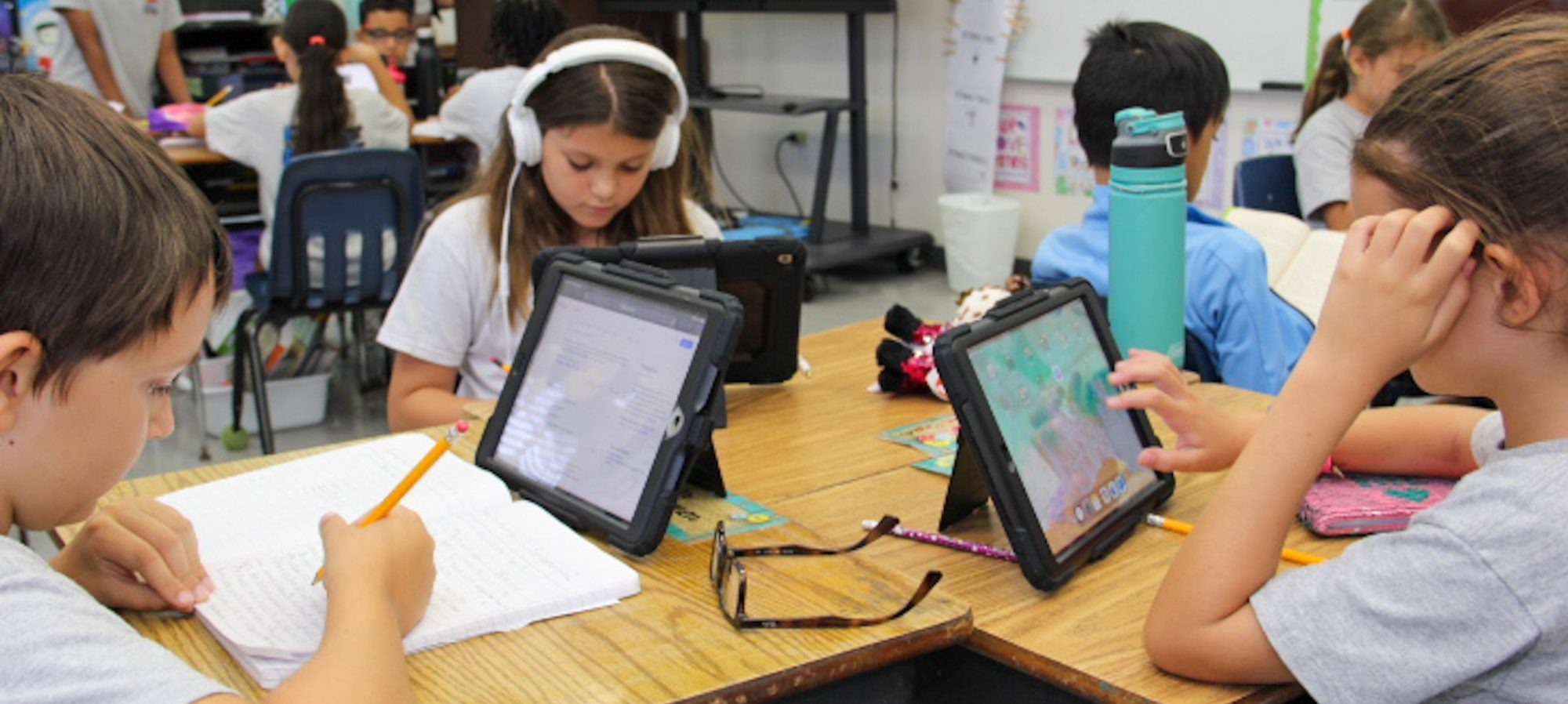Number the Stars: We will be starting a new class novel this week; Number the Stars. Here’s a quick summary of the utter greatness that you can expect from this book:
As the German troops begin their campaign to “relocate” all the Jews of Denmark, Annemarie Johansen’s family takes in Annemarie’s best friend, Ellen Rosen, and conceals her as part of the family.
Through the eyes of ten-year-old Annemarie, we watch as the Danish Resistance smuggles almost the entire Jewish population of Denmark, nearly seven thousand people, across the sea to Sweden. The heroism of an entire nation reminds us that there was pride and human decency in the world even during a time of terror and war.
Winner of the 1990 Newbery Medal.
Be sure to ask you child/children what they think of the book, and to summarize what we’ve read of the book each day.
Some of the learning objectives (or WALT as we refer to them in Grade 4; We Are Learning To) that we will cover while reading are:
-
- Describe the characters’ traits, feelings, and motivations in Number the Stars.
- Refer to the text for evidence to support answers.
- Form an opinion about a character’s trait based on the character’s actions, feelings and motivation.
- Explain how the characters’ actions contribute to the sequence of events.
- Engage in discussions sharing their ideas and listening to others.
- Use context clues to determine the meaning of unknown words or phrases in Number the Stars.
- Distinguish literal and non-literal language and determine its meaning.
- Gain information about the past.
- Build upon their background knowledge of World War II.
- Explore themes of friendship and bravery during the times that scare us the most.
English: – Begin sentences with capital letters and end them with the correct end marks.
– Rewrite statements as questions, commands, or exclamations.
Spelling: – Prepare for Vocabulary Test on Friday. Our spelling words will come from our class novel, Number the Stars.
1. contempt – a feeling of scorn towards someone 2. sabotage – destructive action by an enemy
3. rationed – to limit portions, as in food
4. swastika – Nazi political symbol
5. Nazi – political party in Germany during WWII led by Adolf Hitler
6. kroner – Danish currency
7. synagogue – a place of worship for Jewish people
8. rabbi – a Jewish scholar or teacher
9. disdainfully – scornfully, haughtily
10. exasperated – extremely annoyed
11. submerged – go under, dive under water
12. lanky – long, lean, ungraceful, tall
Math: – Represent and interpret data in a line plot.
– Interpret a bar graph.
– Interpret bar graphs to answer questions.
– Choose the best strategy to solve a problem.
Science: – Identify and describe major land-forms.
– Explain how land-forms develop.
– Review learned topics.
Social Studies: – Discuss the importance of fish and fishing to Caymanians.
– Identify ways that Caymanians and Americans worked together and benefited from forming working relationships.
Bible: – Study Bible verse for Friday. Parents, please encourage your child to study their Bible verse every week. These do impact their Bible grades.
– Use context clues to complete an article about being created in God’s image.
It is for freedom that Christ has set us free; stand firm therefore and do no submit again to the yoke of slavery. ~ Galatians 5:1
HOMEWORK:
Monday
MATH: Homework Practice page 18-19
Tuesday
SPELLING CONTRACT – Complete 1 section
ENGLISH: page 72
Wednesday
TERRA NOVA PRACTICE
ENGLISH: page 74
Thursday
MATH: Reteach page 50
SPELLING CONTRACT – Complete final section

















